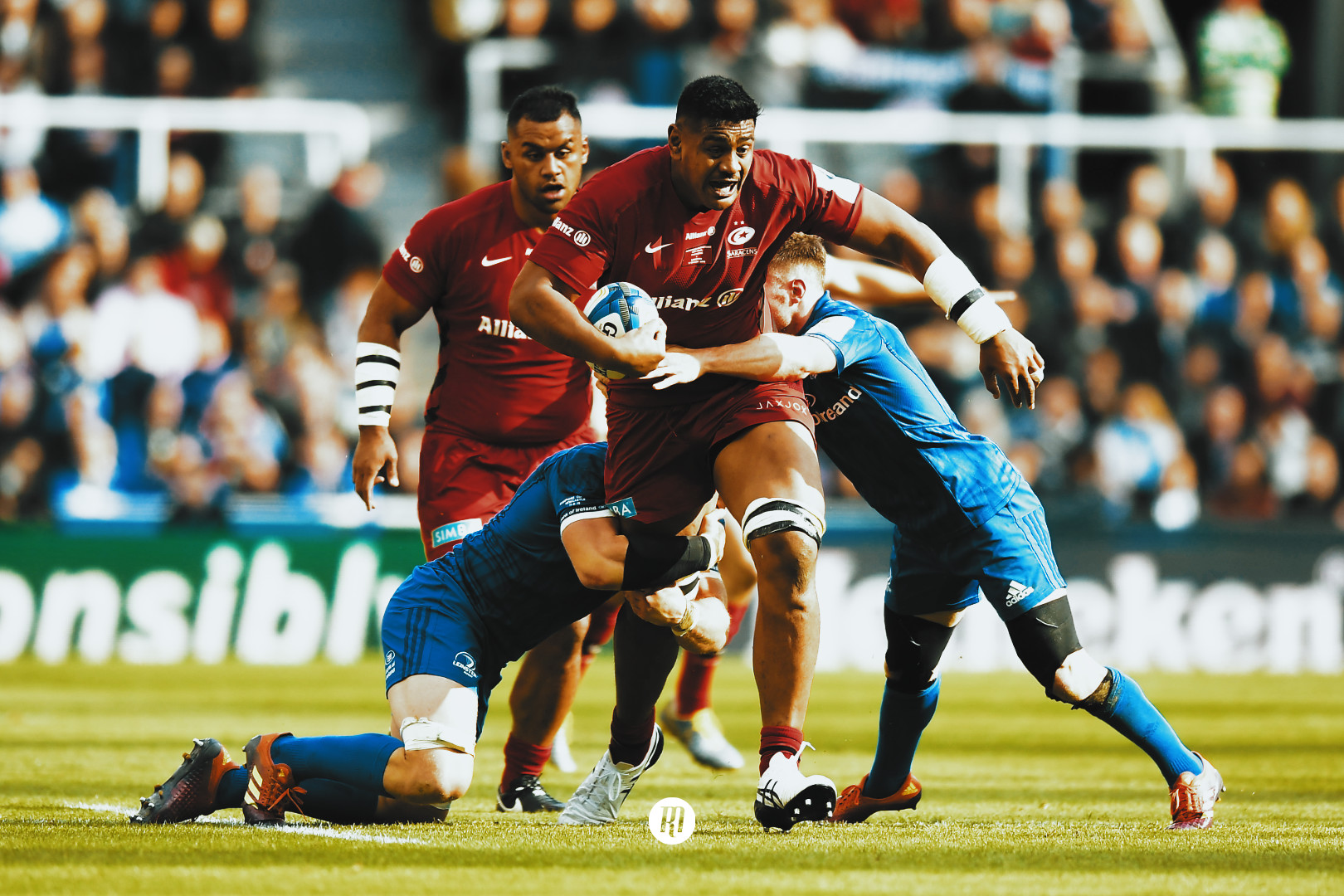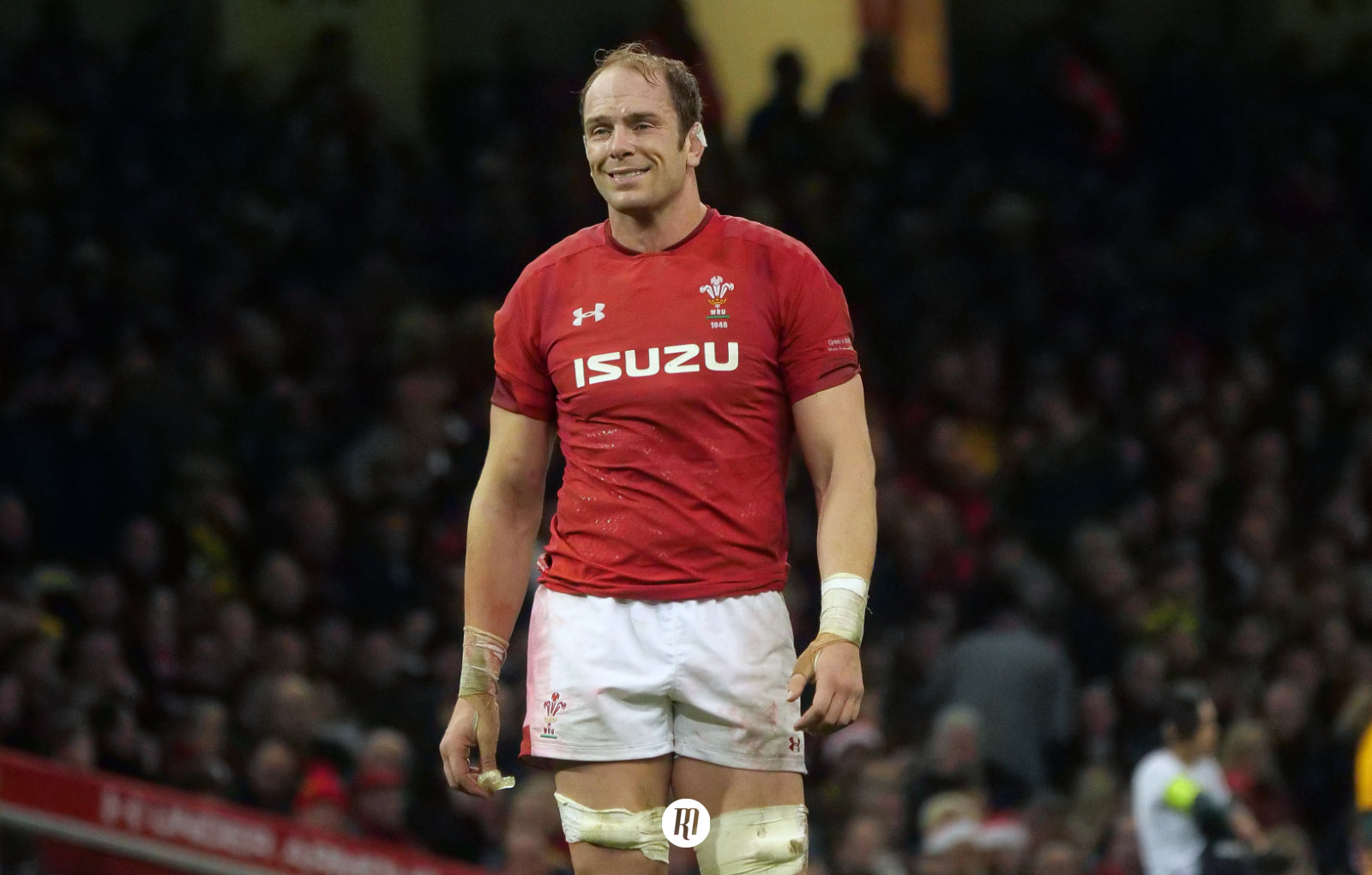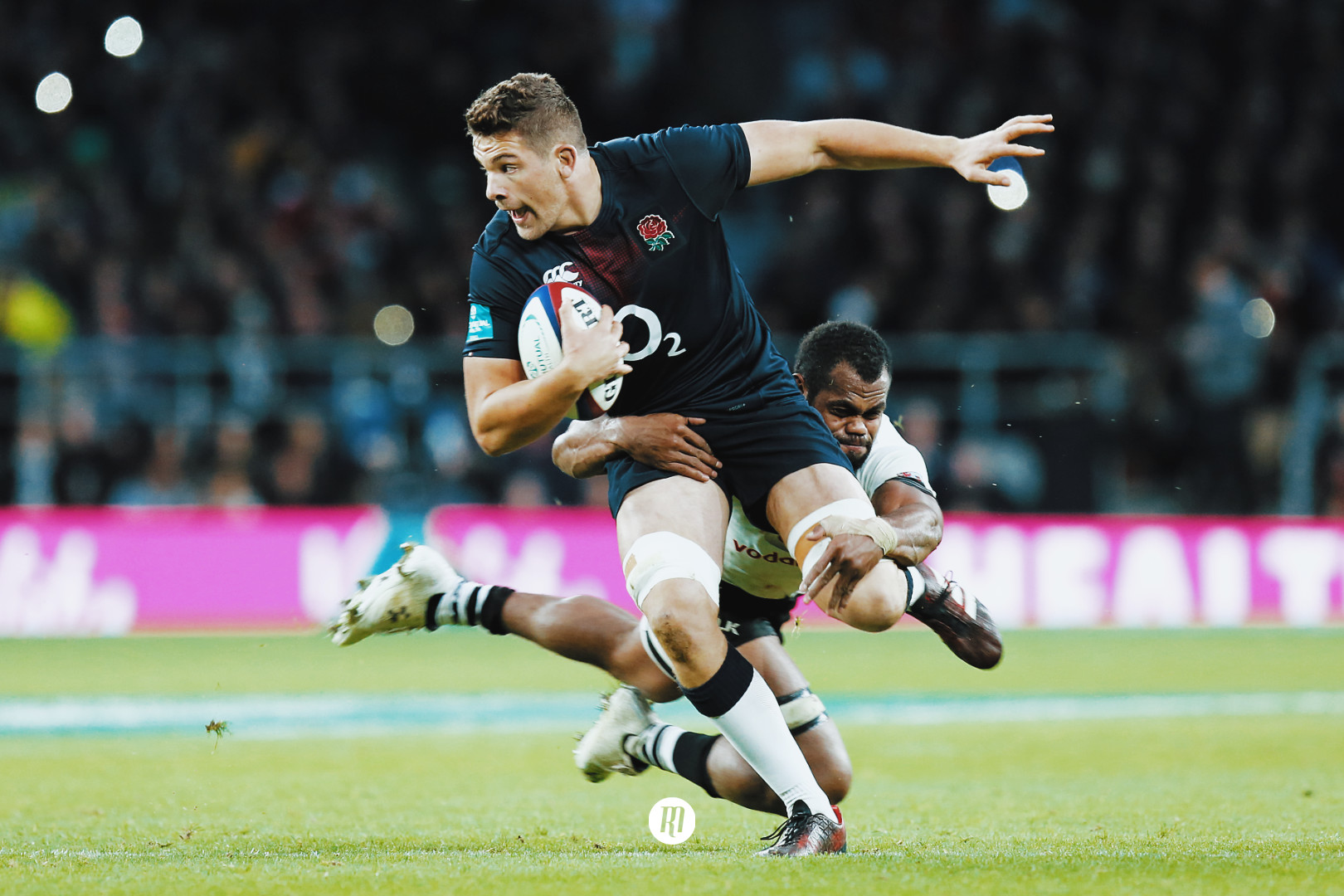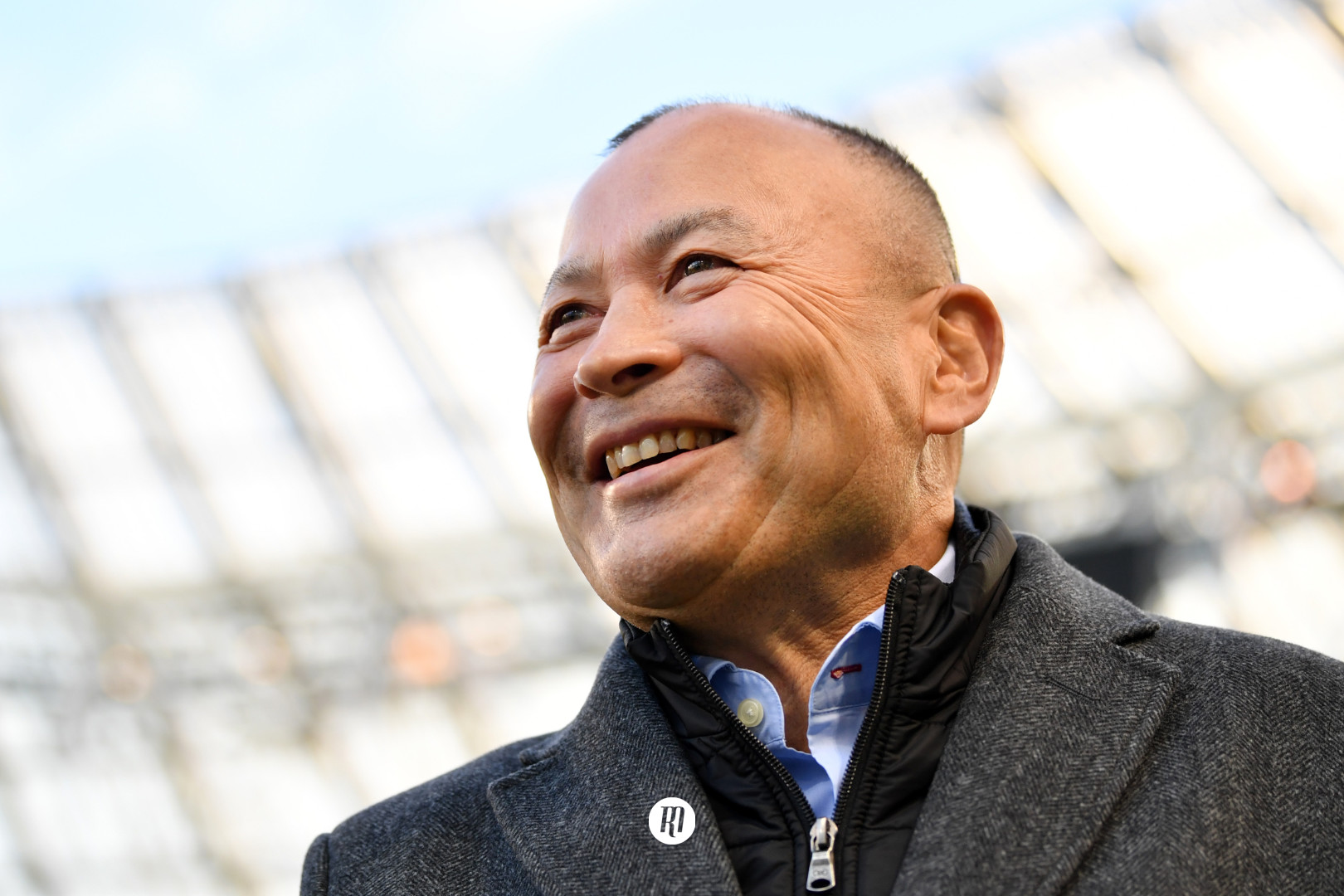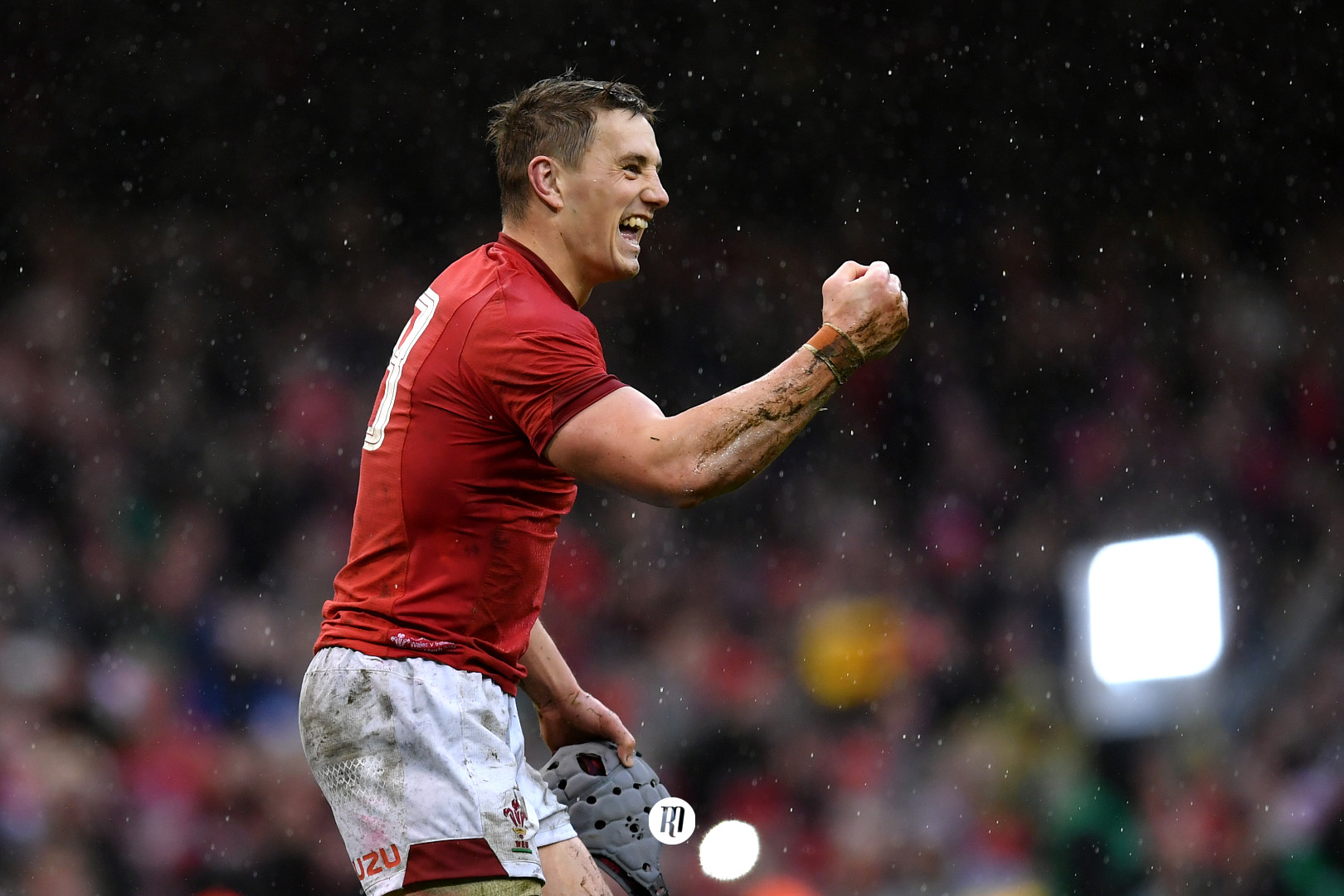The Japanese World Cup’s fallen warriors
Did you know? The World Cup is less than ten days away! The largest event in the rugby calendar is looming closer than ever. Even rugby fans well into adulthood find themselves daydreaming about Japan's festivities like a child eagerly anticipating Christmas Day. But, in a break from the heights of emotion preceding kick-off next week, we take a look at some of the most talented players we will not have the pleasure of watching in this momentous of Rugby World Cups.
Danny Cipriani
Danny Cipriani, while he has torn up trees root and stem for Gloucester with premier displays of the attacking maestro we have always known him to be, he has been overlooked by England selectors as we head towards reoccurrence of the pinnacle of our game. The tournament around which careers are built, high-power jobs are handed out and reputations are crashed and burned - a Rugby World Cup. Twas ever thus for the mercurial Mr Cipriani.
The near-osmotic relationship of Owen Farrell and George Ford as England’s first and second-choice fly-halves continues to cause the coaches to exclude Cipriani. While the Gloucester standoff may well be the most naturally talented fly-half the nation has ever seen, as far as unlocking defences goes, the close-knit relationship Ford and Farrell share as either competitors for the ten jersey or a playmaking duo at ten and twelve is just too embedded within English rugby to allow Cipriani to strut his stuff on the main stage.
In a parallel universe, the 31-year-old is being celebrated for the unpredictable, unmanageable attacking dynamo he runs for the Red Rose as we head towards Japan. As it is, Cipriani will have to funnel his all into proving his doubters and deniers wrong by guiding Gloucester to yet loftier heights under Johan Ackermann. All while trying to avoid allowing his hopes to rise that an injury crisis at fly-half will see him write a story to rival that of New Zealand’s Stephen Donald and his 2011 whitebait fishing trip.
Rhys Webb
Another man that can feel hard done by when it comes to an international career that, at a time, promised greatness is Toulon’s resident Welshman, Rhys Webb. A British and Irish Lion that tackled the All Blacks little over two years ago, the 30-year-old picked up the last of his 33 caps in a victory over the Springboks at the Principality Stadium in the December of 2017.
Before Faf de Klerk’s rise to fame as probably the most unpredictable attacking force at scrum-half in world rugby, Webb was the firecracker of a halfback distracting defences while nailing the staple diet skillset of a scrum-half. Unfortunately, a move to France to join former galacticos Toulon that was agreed before Welsh eligibility rules were changed for overseas players saw Webb’s promising international career cut shorter than anyone could have expected.
Gareth Davies is a fine rugby player and still one of the top halfbacks on the international scene. But, a tendency to concede errors and lapses of judgment that did not plague Webb have never quite allowed the Welsh to forget the man that would have been heading towards the World Cup to form a 100+ cap halfback pairing with Dan Biggar.
Gareth Anscombe
Supporting our Welsh theme, the man that was set to depart Cardiff airport as Wales’ starting fly-half, a role now fulfilled by the 73 cap Biggar, was struck down in the eleventh hour of his World Cup preparation. Gareth Anscombe, the New Zealand-born ex-Cardiff Blues and Ospreys-bound fly-half or fullback suffered an innocuous knee ligament injury early on in Wales’ first warm-up game against England in Twickenham. A clash with the indomitable Billy Vunipola or bounding Manu Tuilagi is what you may have expected to end a fly-halves World Cup dream, but it was a stretch of unchallenged running that did for Anscombe.
While Biggar is a prime fly-half of British and Irish Lion and Grand Slam credentials, Anscombe was set to be to the man that instilled and supported a crucial attacking edge to the stoic Welsh game. Endeavouring to build upon the fine platform the forward pack and Shaun Edwards’ defence provide. Truly, all every fan wants is to see the best rugby played at a World Cup, although perhaps not from their direct opponents. The loss of Anscombe for not only the tournament but the majority of the 2019/20 season only detracts from the spectacle from Japan.
Although, admittedly, Biggar’s message to critic JJ Williams after victory against England in Cardiff last month leaves cause for those suggesting Wales’s attack will crumble entirely without Anscombe to second guess their assumptions.
Damian McKenzie
Making the subtle transition from one former Waikato Chiefs fly-half/fullback to the current model, the news that the All Blacks’ creative playmaking fullback Damian McKenzie would not be heading to Japan hit the rugby world harder than any other name on this list in April – perhaps because his was the first name on the list. News emerged in April that the diminutive smiling assassin with 23 prestigious All Blacks caps to his name would miss the chance to terrorize defences in Japan after succumbing to the same knee ligament injuryAnscombe would suffer four months later.
The long-term injury that will see McKenzie return around the time of the World Cup final has seen first-choice All Blacks fly-half Beauden Barrett shifted into the fullback role, seeing Ben Smith shifted onto the wing and Crusaders man Richie Mo’unga handed the reigns at fly-half after a stellar three years with the Crusaders.
While the Mo’unga-Barrett axis displayed a fledgling promise of its wonderful potential during the 2019 Rugby Championship, there is still a certain unknown factor surrounding the pairing that has replaced Barrett-McKenzie. Though the Springboks will be licking their lips at the prospect of any such area of potential exposure during that colossal round one clash on the 21st of September, the loss of McKenzie’s box-office skillset as both a runner and playmaker is one that every rugby fan should mourn.
Nehe Milner-Skudder
In an inclusion that some will consider rather old news, there is something to be said about the injury-riddled career of Hurricanes outside back Nehe Milner-Skudder. Aside from being the famous bolter that came last-minute into the All Blacks side to claim the fourteen jersey little over a month before the 2015 tournament, Milner-Skudder was, and could still be if he can overcome his spate of injuries, one of the most talented outside backs in the world.
This particular rugby writer remembers a sleight of hand that rivalled the great Brian O’Driscoll in his pomp and a sidestep that would have impressed Shane Williams. A man in possession of a highlight reel that will make you fall in love with rugby all over again.
Had the 28-year-old not struggled so badly with injury after injury, he could have gone on to become one of the great rugby names, at either fullback or on the wing. For now, we’ll have to hope that a stint Toulon will proffer a Jonny Wilkinson-esque Lazarus return to the top for Milner-Skudder.
Facundo Isa
The first forward on our list and a third Toulon player, there was plenty of shock around the globe when Los Pumas chose to exclude the barnstorming number eight from their World Cup squad. The relaxing of Argentina’s eligibility rules prior to the tournament seemed tailor-made for the outstanding Top14 backrower, falling into the same bracket as Australia’s famed ‘Giteau Law’ ahead of the last tournament four years ago.
Alas, the Japanese locals and travelling fans will not be treated to the delight of Isa’s destructive carrying game this year. The prospect of both Pablo Matera, who stands on an almost level footing with Isa when it comes to storming runs, and Isa kicking down the doors of both France and England in Pool C would have made more than a few keen fans giddy with the line-busting potential. However, Pumas boss Mario Ledesma has deemed Matera’s door-kicking-down capabilities ample for his backrow, opting instead to take 36-year-old veteran Juan Manuel Leguizamon.
With the monstrous six foot five openside Marcos Kremer completing a sizable backrow, the Argentinian loose forward trio will not want for either hard graft or eye-catching stuff, but the loss of what could have been in an all-action trio is still somewhat disappointing for some.
Will Skelton
For all the qualiteis of Izack Rodda, Adam Coleman and Rory Arnold in Australia's engine room, one cannot help but feel that Saracens star Will Skelton will be an ommision from the festivities in Japan in equal proportion of his collosal frame. A giant of a man that has surged to the form of his life under the stern guidance of Mark McCall, Skelton could have provided the Wallabies with the type of inevetable front-foot ball that Saracens teammate Billy Vunipola provides England. Perhaps too heavy and cumbersome to be a part of the Australian lineout game, Skelton would offer Michael Cheika the ability to punch through holes in a manner that none of his current ball carriers are able to. Bringing a dimension to the Australian table to match the aforementioned Vunipola and New Zealand's Ardie Savea.
Unfortunatly, there was not enough wiggle room in the rules for a 'Skelton's Law' this year and the lure of a World Cup campaign was not enough to tempt the 27-year-old to uproot his life with Saracens for a deal with one of the Aussie Super Rugby sides. If Australia find themselves struggling to break down the unflappable Welsh defence or provide enough grunt work to fend the Flying Fijians in Pool D, there is no doubt that Skelton's absence will be one of the first ports of call for those wondering why the Wallabies struggles in Japan.
Even if Cheika finds a way to insprie the Wallabies at a second World Cup, it is a shame he will do so without the entertaining sight of the larger than life Skelton bullying hardened professional rugby players like younger children on the playground.
Sam Skinner
The least experienced man to make this most undesirable of lists hails from the South of England, Exeter, specifically. And yet, it is Scotland who will rue the consequences of Sam Skinner's tournament absence. Falling afoul of the dreaded hamstring injury, the mobile lock-come-blindside has a burgeoning international career on the horizon. Truly, Skinner encapsulates the modern second row. Mobile, hardworking and equally capable at the breakdown as he is along the wing, Skinner's exclusion from the World Cup is a crying shame. A second row pairing of Skinner and the unforgiving tackle machine that is Jonny Gray would have been quite the engine room for Gregor Townsend's side. Alas, it is not to be so this time around.
With the older of the Gray brothers, Richie, opting to rule himself out of contention for the tournament and choosing stay at home in Toulouse with a newborn child and dedicate time to complete his recent return from his own injury issues, there is somewhat of a watering down of Scotland's second row. Although, it must be said that the likely starting duo of Jonny Gray and Grant Gilchrist might help Scotland make up for the ground they have so often given up in the tighter exchanges.
For Townsend, Scotland and indeed the rest of the rugby world to be stripped of Sam Skinner for this World Cup feels particularly cruel. Perhaps because of the promise of what could have been for such a talented young man on the verge of embarking on a breakthrough campaign at international level after such success at club level with Exeter Chiefs.
Taulupe Faletau
It would be remiss of me not to mention the absence of the incumbent British and Irish Lions number eight Taulupe Faletau. The cousin of England’s Mako and Billy Vunipola does not share his relatives’ ability to run over defenders, specialising on more of a Kieran Read style of play as a more mobile backrower.
Ross Moriarty is a capable deputy for Faletau in the red eight jersey, but Faletau is the Rolls Royce of number eights, able to perform 99% of the jobs his opposite numbers do for their own national sides. Along with Webb and Anscombe, Faletau’s absence hands Wales the squad that is perhaps most depleted by player ineligibility. Which makes their recent Grand Slam without both Webb and Faletau all the more impressive.
Who knows which players will be struck down mid-tournament this year. The Irish were particularly hampered last time out with Paul O’Connell, Jonathan Sexton, Peter O’Mahony, Sean O’Brien and Jared Payne all ruled out ahead of their eventual 20-43 quarter-final defeat to Argentina. Wales, typically of a side coached by Warren Gatland, persevered to a quarter-final defeat against the Springboks after losing countless players both pre and during their campaign; including Leigh Halfpenny, Rhys Webb, Jonathan Davies and Liam Williams.
A mixture of luck and fastidious planning will see teams progress to semi-finals and the coveted final in Japan, all fans can do now is hope that their team will not be 2019’s Ireland or Wales.

Filed under:
International, Rugby World Cup, Argentina, Australia, England, New Zealand, Wales
Written by: Alistair Stokes
Follow: @alistokesrugby · @therugbymag
